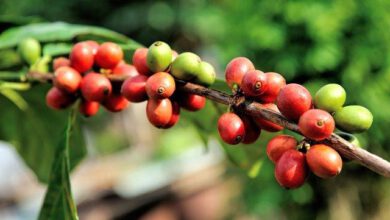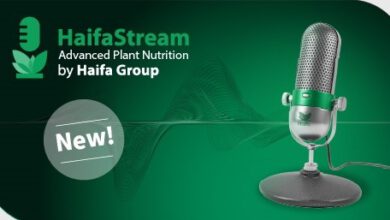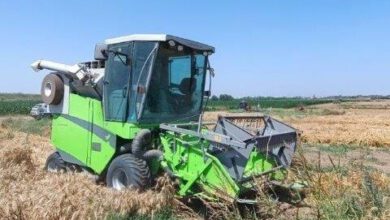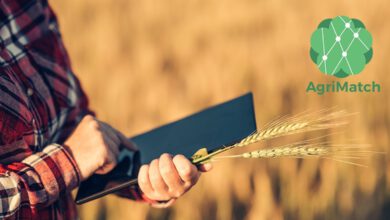Determining the nutritional requirements of orchard trees
Fertilization management relates to providing nutrient elements efficiently throughout the season
Yaron Yutal yaron@deshengat.co.il Chief Agronomist, Gat Fertilizers
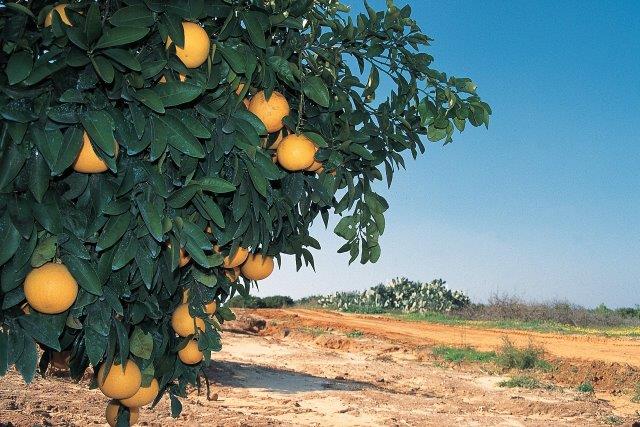
orchard fertilization management is of great importance for proper, efficient nourishment of the trees. it’s necessary to address the specific species of orchard and sometimes the different varieties of fruit trees, fertilization management differs considerably between deciduous trees and evergreen orchards (subtropical, citrus, olive trees and bananas, etc.).
fertilization management relates to providing nutrient elements efficiently throughout the season according to the tree’s consumption, assuming that we know the quantity of nutrient elements necessary for orchard fertilization and taking into consideration the species of plant, its expected yield and perform soil/leaf analysis.
in israel all orchards are irrigated by drip, micro sprinklers, or micro-jets. this enables fertigation which delivers the nutrient directly to the rooting system. fertilizer can be selected with different concentrations and combinations of nitrogen: phosphorus: potassium proportions, including supplemental micro element and bio-stimulants in variable doses, according to the tree’s stages of development along the season.
the process seems to be simple and logical, but in fact is not easy to execute due to several basic reasons:
1. information about uptake of element nutrients in different species of orchards trees is incomplete. research to estimate plant uptake is complex and expensive.
evaluation of the nutrient content of the trees implies the destruction of sample trees from which laboratory tests are performed to determine the amount / concentration of each nutrient element in the various organs of the tree, during different growth stages and at different ages. furthermore, studies take several years for each species, so that, worldwide the number of studies is small, dealing with a few species.
2. it’s relatively easy to measure the amount of nutrient removed from the orchard. the weight of harvested fruit his known, the fruit’s nutrient content can also be analyzed in a laboratory, just as it’s possible to estimate the weight of tree pruning removed during the season, also be analyzed in a laboratory for of nutrient contents. multi-year average for quantities of nutrient removed constitutes a basis for estimating the quantity of fertilizer required by a given orchard. in practice, recommendations for nitrogen, phosphorus and potassium are twice or more than the amount removed from the plot.
alternate fruit bearings, as well as, non-uniform pruning from year to year, make it hard to estimate precisely the amount of nutrients required.
3. very few studies have been performed on the transport of nutrient elements from roots to the consuming organs in the canopy (new branches, leaves and fruit). there isn’t adequate information about the tree’s reaction time to element nutrients absorbed from soil solutions into the plant roots and transported to the canopy. the rate of absorption and transport of nutrients is highly important for determining fertilization management during the different growth stages.
4. in recent years the number of experiments for control of orchard tree nutrition, has increased with the use of the lysimeter. this is an expensive experimental system in which a tree is grown in a container, so that it is possible to measure precisely the volume of water for irrigation, the amount of drainage and the quantity of nutrients contained in it. using such data, it is possible to compute exactly daily and seasonal nutrient uptake. the lysimeter system does not allow determination of nutrient transport to the different organs of the tree from the moment they are absorbed by the root
as a consequence, fertilization management is based on a few well based studies. recommendations are based primarily on insight gained from experience and observation of orchard fertilization over the years.
the uptake of nutrient by deciduous trees, citrus and subtropical trees begins at a slow rate from the beginning of root growth in early spring, with an increasing rate of uptake as the canopy and fruit develop, until the leaf shedding stage. during this period fertilization management has to be optimal as to composition of and quantity of nutrient elements.
the remaining questions is, when to start decreasing their rate and when to conclude the fertilization.
to apply for recommendations for nutrition fruit tree contact the gat fertilizers agronomist in your area.
*yaron yutal – chief agronomist, 054-4361155; yaron@deshengat.co.il

